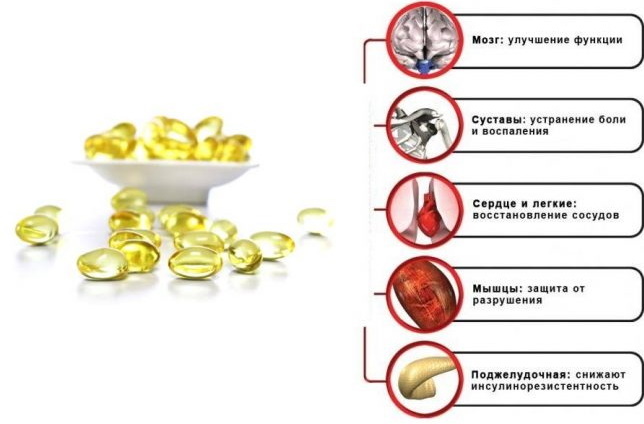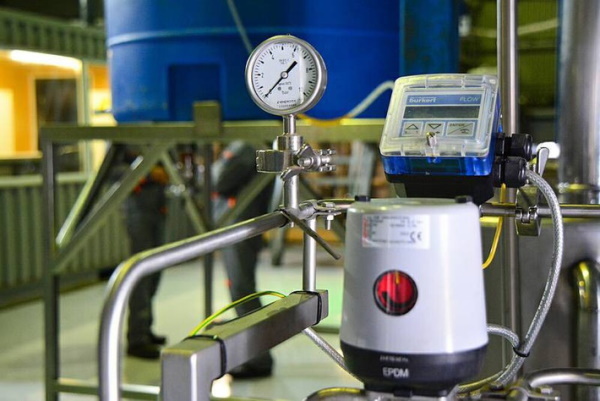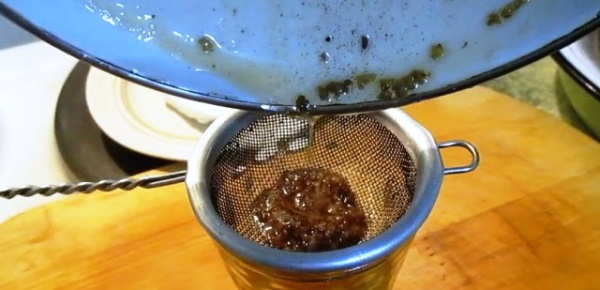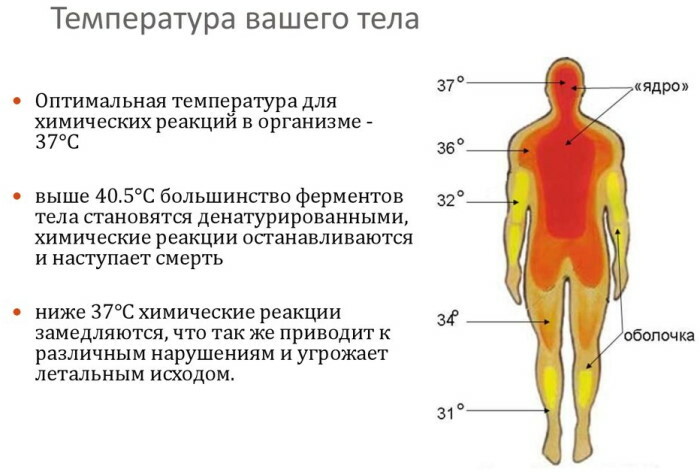Content
- What is fish oil and why is it needed
- What is contained in fish oil
- Fish Oil Release Forms
- How fish oil is made in production, step-by-step technology
- In capsules
- Liquid
- Can I do it at home?
- Technology of cooking fish oil at home
- Preparation of components
- Cooking process
- Storage of the finished product
- Which fish oil is better: pharmacy or homemade?
- Fish oil video
Fish fat is an industrial product with a high nutritional value due to the polyunsaturated fatty acids it contains. It is made from different types of fish, such as mackerel, shark, cod, depending on the region of production.
What is fish oil and why is it needed
Fish oil is an animal product obtained from oceanic fish such as cod liver. The components included in the fish oil are responsible for the normalization of lipid metabolism and are characterized by an antiaggregatory effect. The use of the product promotes the replenishment of essential fatty acids and fat-soluble vitamins.
The use of fish oil, according to WHO recommendations, is necessary to replenish the deficiency of essential fatty acids. Such acids are not produced in the human body and must be administered with food or drugs.
How fish oil is made, by what methods, what ingredients are in it, described later in the article. First you need to determine what it is for.
Fat is an excellent source of Omega-3 acids, vitamins A and D, which are essential for vision, brain activity, and the functioning of reproductive cells. They are also vital for heart and lung health and optimal functioning of the immune and endocrine systems.
Some potential health benefits of fish oil supplements:
- Prevention of heart disease and heart attacks. Numerous studies have confirmed that eating fish oil can help prevent coronary heart disease.
- Improving cognitive function. The DHA (docosahexaenoic acid) found in fish oil supplements has been shown to protect against Alzheimer's and dementia. The researchers also concluded that increased DHA intake lowers the risk of diseases that often accompany Alzheimer's, such as diabetes and cardiovascular disease.
- Relief of rheumatoid arthritis. Epidemiological studies show that omega-3 fatty acids prevent rheumatoid arthritis, control joint swelling, and alleviate the symptoms of autoimmune inflammation.
- Consuming fish oil helps maintain levels of serotonin in the body, often referred to as the "feel-good" hormone. By adding fish oil to the diet, a person naturally supports the release of the body's own serotonin, which can help manage stress.
- The drug minimizes the potential threat of premature birth and has a preventive effect on the development of eclampsia.
RDA varies by age, gender, and related factors. For adult women the daily allowance is 1100 mg, for men 1600 mg.
What is contained in fish oil
Few people think about how fish oil is made. It is packaged in capsules, which are convenient to take in metered doses, so no one gets hung up on their contents. Basically, fish oil is a refined, frozen and deodorized fatty oil that is obtained from various types of fish such as sardines, anchovies, mackerel, herring, and cod. It is a water-insoluble pale yellow liquid.
The oil contains triglycerides, long-chain and omega-3 polyunsaturated fatty acids, eicosapentaenoic acid (EPA) and docosahexaenoic acid (DHA). Vitamin E is often added as an antioxidant.
By the way, fish themselves do not produce omega-3 fatty acids - they absorb them from food from microalgae and phytoplankton.
What is included in fat:
| Docosahexaenoic acid | Essential fatty polyunsaturated Omega-3 is a part of cell membranes. Its especially high concentration is in the cells of the retina of the eye and neurons. |
| Eicosapentaenoic acid | Refers to essential fatty acids, Omega-3 class. It is used to treat an imbalance in the emotional background and developed depressive disorder. |
| Alpha linoleic acid | It is necessary to normalize life. Its intake with food reduces the risks and complications after suffering diseases of the cardiovascular system. |
| Vitamin A | Participates in a cascade of redox reactions, is responsible for the synthesis of polymeric carbohydrate-protein complexes, lipids and protein molecules. Retinol is involved in the synthesis of visual pigments that provide color and twilight vision. It is involved in maintaining the integrity of integumentary tissues and controls the development of bone tissue. |
| Vitamin D | It is included in the processes of reabsorption of calcium and phosphorus ions in the renal system, has a stimulating effect on their absorption in intestinal cells. Regulates the process of calcium transport across cell membranes and maintains the structural organization of bone tissue. Vitamin D is needed for the formation of the body's defense system, the proliferation and differentiation of cellular structures, is involved in the synthetic processes of some hormones and lipids. |
| Oleic acid | It is involved in the regulation of blood pressure, slows down the processes of natural aging. Palmitic acid supports the normal functioning of cell walls, ensures the process of biological reproduction. Stearic acid promotes the proliferation of nerve cells and the formation of the central nervous system. |
| Omega-6 acids | Participate in maintaining the integrity of the skin, the stability of the hormonal background. Necessary for adequate functioning of liver and heart muscle cells. |
Omega-3 acids are essential for maintaining optimal functioning of brain cells, providing the energy base for the transmission of nerve impulses.
In addition to omega-3, palmitic and stearic acid are noted in the structural components.
Fish Oil Release Forms
Fish oil is produced in 2 forms: in the form of purified liquid oil and gelatinous soft capsules.
The oil is a thick liquid, light yellow in color, with a characteristic odor.
Gelatin capsules are soft when pressed, round or elongated with a side seam. Transparent to the light, they are filled with a light yellow solution with a faint, non-rancid odor.
How fish oil is made in production, step-by-step technology
The raw material for the extraction of fish oil is the liver of cod fish, whale or seal fat. The degree of purification of raw materials subdivides fat into medical, technical and veterinary.
The largest amount of the product is obtained from the liver of cod and other marine fish, for example, haddock, blunt-nosed grenadier or blue whiting.
Manufacturers release fish oil in the form of refined drinking oil and gelatin capsules. The composition practically does not differ from the release form, the difference lies in the ease of use.
In capsules
Fish oil produced in capsules, in addition to the production of the animal product itself, is supplemented with a separate technological method for preparing gelatin capsules. The capsule base is made both by pressing and by the drip method.
The method based on the formation of a gelatinous drop with a one-time introduction of liquid fish oil into it was first tested by the Dutch company Globex.
- The molten gelatin is fed through heated pipes to the jet unit or conical nozzle.
- The gelatinous mass is pushed out of the pump together with the medicinal product. The capsule is filled by creating concentric two-phase flows.
- Finished capsules are redirected into liquid petroleum jelly chilled to 14 ℃. In an oil environment, due to the circular pulsation, the capsules acquire a spherical appearance.
- At the next stage, the capsules are filtered from oil, washed and dried.
The technique is characterized by the accuracy of the dosage of the drug, the economy of consumption of gelatin, hygiene, and high productivity. In this way, seamless capsules are obtained.
The second method consists of stamping and pressing the gelatinous plates from which the capsules are made. The design is a matrix corresponding to the size of half the capsule.
- The gelatinous plate is placed on the heated surface of the matrix, due to which it melts and lines the depression.
- The finished recess is filled with fish oil, after which a second gelatin plate is placed on top, covered with an upper matrix.
- Both surfaces are joined and placed under the press.

These capsules have a horizontal seam, and this method is inefficient. Therefore, more often, instead of a horizontal press, 2 drums are used, rotating opposite to the matrix surfaces. Gelatinous belts, passed through cooled rollers, go to rotating drums. As they are combined, the drug is dosed into the cavity of the future capsules. The matrix press provides higher dosing accuracy.
Liquid
How fish oil is made, what the original product looks like, can be seen in the photo in the article. The factory method for extracting liquid fish oil is to remove the liver from freshly caught fish and separate the gallbladder from it.
Mining algorithm:
- The liver is carefully examined, the damaged parts must be removed.
- After that, it is washed abundantly and placed in double-walled boilers. The boiler is heated with steam to a temperature of 50 ℃.
- At this temperature, fat protrudes from the liver cells and accumulates on the surface.
- The liberated fat is collected and defended at zero temperature.
- The clear, yellowish liquid fraction is drained and used commercially in the white fish oil category.
Another way to get fish oil on an industrial scale is to digest fish waste. There are several methods of digestion, differing in the quality and quantity of the product obtained.
- The firing method consists in filling cast iron boilers with waste and heating over an open fire. The melted fat accumulates in the upper fraction and is removed from the container.
- Steam cooking results in a lighter, cleaner fat. Cylindrical iron boilers with a perforated pipe coil installed at the bottom are filled with raw materials. The steam passed through it helps to cut off the fat from the protein part of the waste.
The use of an autoclave increases the yield of fat, but is of poor quality. In a sealed autoclave under a pressure of 2-4 atmospheres for 3-5 hours, the raw material is treated with live steam.
Regardless of the method used, fatty substances remain in the containers after removing the liquid. The remaining mass is pressed and settled.
- The collected fat must be neutralized.
- Free fatty acids are removed with caustic soda.
- Further, by using absorbents, dirt residues and pigments are removed.
- High melting fats are removed by cold treatment and filtration.
- I deodorize volatile components by injecting hot steam into the product under vacuum pressure.
- Subsequent distillation is carried out by distillation.
- The last step is to determine the level of vitamins, adding natural flavors and antioxidants.
Can I do it at home?
Despite the complexity of industrial production, fish oil can be prepared at home. However, the resulting product will differ from the commercial product in organoleptic properties.
Technology of cooking fish oil at home
How fish oil is made at home is described later in the article. The cooking process is a lightweight factory method.
Preparation of components
Any fatty fish are suitable as raw materials. Most of the fat will be obtained from cod, mackerel and herring.
The fish must be gutted, the liver must be thoroughly rinsed with running water from residues of contamination and finely chopped. The smaller the pieces are, the easier and faster the extraction process will be.
Cooking process
Place the pre-prepared liver in a saucepan, stewpan or skillet with high sides.
- Place the container in a water bath and heat over high heat.
- Continue the heating process, stirring the liver regularly to facilitate the separation of the fat. Depending on the initial weight of the raw material, the process can take several hours.
- At the end of the fat extraction, the resulting by-product should be left in a warm place for simmering.
- After all procedures, it is necessary to carefully strain the liquid mass from the remains of the liver.
Liquid fish oil is characterized by a tart odor and a thick consistency. It should be noted that the fat obtained at home differs from the pharmaceutical preparation in organoleptic properties and the quality of cleaning. However, self-preparation does not require the use of artificial preservatives and colors.
Storage of the finished product
Finished fish oil is stored for a short time due to the oxidation of fatty acids. The maximum term is 3 months. The storage temperature should not exceed 12 ℃.
Fish oil must be tightly sealed in a glass container, otherwise, with prolonged contact with air, polyunsaturated fatty acids will be destroyed.
The storage container should be dark. Exposure to sunlight triggers oxidative reactions. The addition of rosemary extract or vitamin E to the fat composition helps to prevent them. These substances act as an antioxidant, preserving the molecular structure of omega-3 acids.
Partial or complete freezing is not allowed. Cold heat treatment destroys acid structures, minimizing the beneficial effects of fish oil intake.
Determine product spoilage by its characteristic features:
- the appearance of a pungent odor;
- color change;
- the presence of stratification and precipitation;
- the appearance of a rancid taste.
If deterioration is found, fish oil must be disposed of. Using a spoiled product is risky for health.
Which fish oil is better: pharmacy or homemade?
When comparing pharmaceutical fish oil versus self-prepared fish oil, the advantages and disadvantages of each can be highlighted.

In the process of self-production of fat, it is possible to fully control the freshness of raw materials, the extraction process. In addition, there are no colorants or antioxidants in the composition. The limiting factors are the high price of oceanic fish varieties and the length of the thawing process. In addition, the finished product has a shorter shelf life and poorer organoleptic properties.
Pharmaceutical fish oil differs in the forms of sale. Depending on your personal convenience, you can purchase liquid fat or encapsulated in gelatin. Industrial production is closely monitoring the standardization and consistency of fish oil composition in accordance with WHO guidelines for its use. Pharmaceutical fat has practically no specific smell and taste, which makes it convenient for use in pediatrics.
According to the WHO recommendations, pharmacy fish oil is preferable for consumption. High degree of purification, excellent organoleptic properties make the preparation suitable for use by young children. If it is impossible to purchase pharmaceutical fat, it is recommended to limit yourself to the use of fatty fish, without independent extraction of the lipid mass.
Lack of lipids manifests itself in the form of weakness, unsteadiness of gait, circulatory disorders and surges in blood pressure. In addition, a deficiency in fat is one of the causes of dementia, mental disorders and emotional disturbances. In this regard, fish oil is recommended for internal consumption, regardless of how it is made, home or factory method.
Fish oil video
Galileo | Fish fat:



